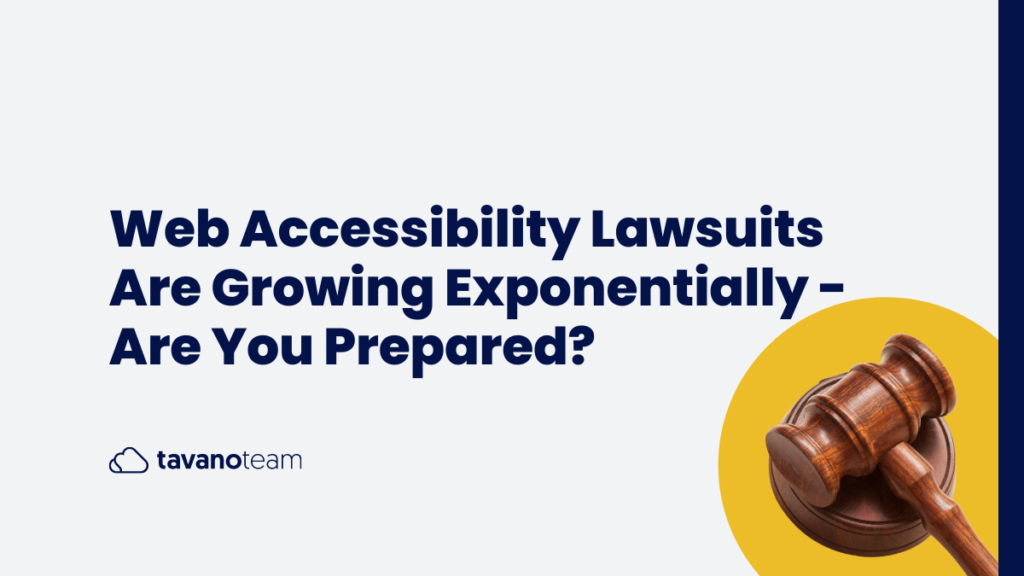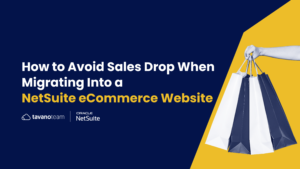Web accessibility is the elephant in the room of online marketing, and we need to address it.
Most of us do everything on the internet. We shop, we learn, and we socialize. Online activity is so ubiquitous that some tasks are designed to be performed almost exclusively on the web.
However, people with disabilities don’t have the same access. There are about 200 million existing active websites, and in comparison, very few are accessible for users with disabilities, excluding them from performing these tasks efficiently.
The ADA (Americans with Disabilities Act) prohibits discrimination based on disability by places of public accommodation. So this means all businesses, too.
In the past few months, we received a few inquiries regarding web accessibility optimization from customers that were on the receiving end of ADA lawsuits. This inspired us to tackle the issue first-hand and raise awareness about a problem that companies need to solve ASAP.
How does this affect your business?
Federal accessibility lawsuits in the U.S. have reached a rate of almost 10 per day in 2022, getting to a total of 3,255 by the end of the year.
New York, Florida, California, and Pennsylvania are the states where most lawsuits happen. However, the ADA is a federal law. So you have equal chances of being hit with a lawsuit coming from any state. Just so you know, on average, 95% of demand letters settle outside of court for $20,000 – $150,000.
The trend in accessibility lawsuits is forcing a positive change; we can all agree on that. The not-so-good news is for small and medium-sized companies. They could suffer the most if they don’t adapt quickly. A non-accessible website could mean spending big bucks in legal fees later!
Why make my website accessible?
It’s not only a matter of social responsibility. Investing in web accessibility is a smart marketing resolution. For example: did you know that non-accessible websites tend to rank lower in search engines.
Also, non-accessible websites are at constant threat of losing potential customers! For instance, one in four adult Americans has some disability. It’s important to note that the disposable income of this demographic is about 645 billion dollars per year.
If you can’t beat them, join them!
There are no precise regulations that define website accessibility. But the Department of Justice (DOJ) has ruled in favor of web accessibility many times. The latest example doesn’t come from the DOJ, though. It comes from the Supreme Court itself.
The SCOTUS denied a petition from Domino’s to hear whether its website needs to be accessible to the disabled. It wasn’t a ruling, true. But it left in place a lower court decision against the company. The denial was a loss for the company but definitely a win for disability advocates. In short, the only effective way to avoid ADA lawsuits is by adapting to web accessibility.
Let’s fix it together!
If you’re a developer, there are some tools and resources at hand that can help you. To start, you can investigate Google’s Web accessibility course, Foundation Fighting Blindness, or Adobe’s Accessibility Initiatives.
If you’re a business with an established and functioning website, some services let you become accessible quickly and without affecting the operation of your website.
The most effective is AccessiBe, the first and only fully automated web accessibility technology that complies with the WCAG 2.1 at the AA level, and keeps your website accessible at all times. Also, AccessiBe complies with the ADA, Section 508, and EN 301549. If you’d like to learn more about their services, drop us a line, and we’ll gladly answer all of your questions.
For more information on web accessibility and other techniques to optimize your NetSuite eCommerce site, contact our eCommerce growth strategy team!




